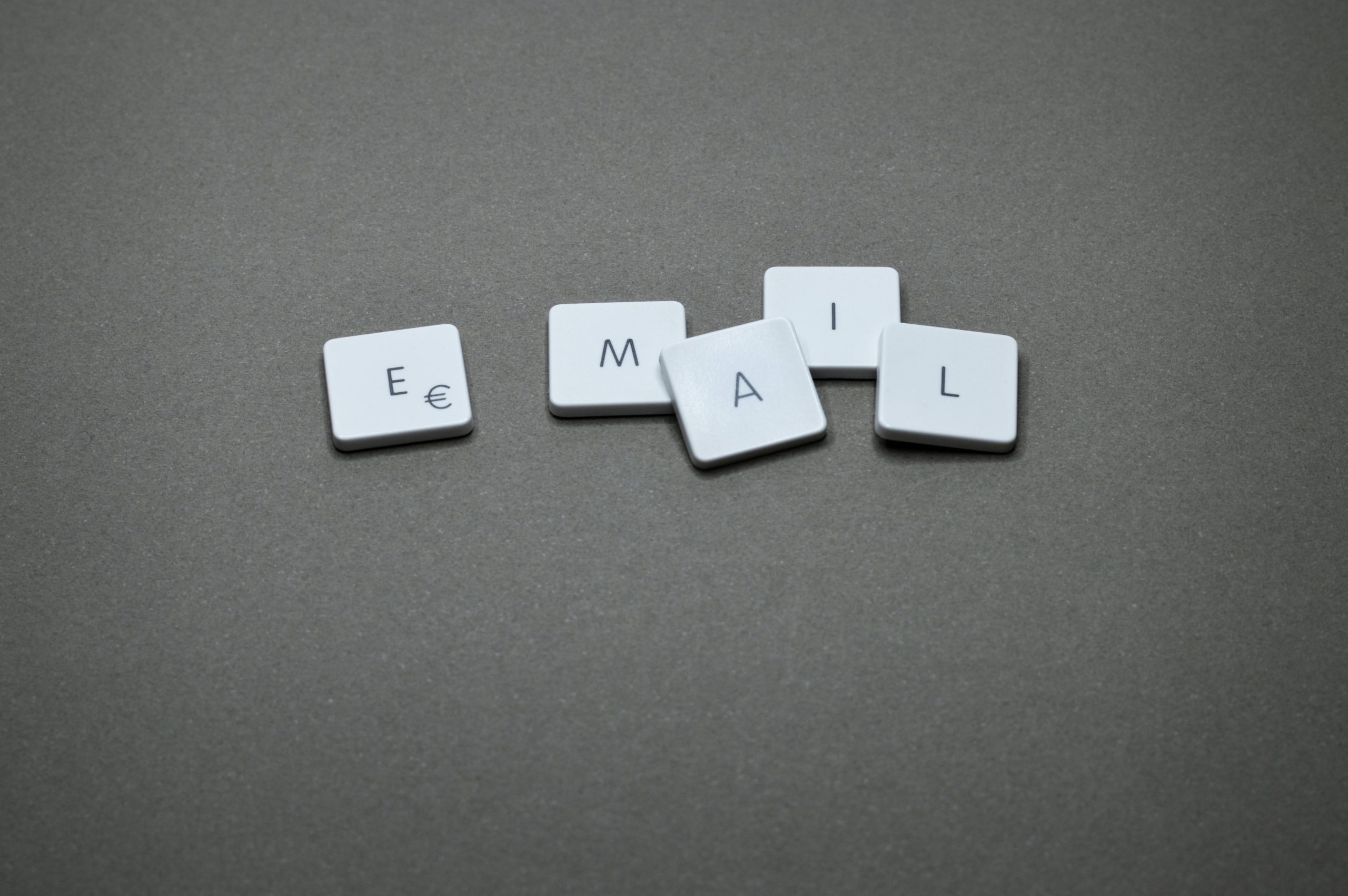In the vast landscape of digital marketing, email campaigns stand as stalwarts in reaching audiences with precision and impact. But have you ever stopped to ponder the price tag attached to sending a colossal one million emails? Imagine the virtual journey each message embarks upon, traversing cyber highways and landing in innumerable inboxes around the globe. The sheer magnitude of such a task sparks curiosity – how much does it truly cost to unleash this electronic army upon the internet? Join us as we delve into the intricacies of email economics, uncovering the hidden expenses and revealing the surprising truths behind the curtain of mass email dissemination.
Contents of Post
Introduction: Exploring the cost of mass email campaigns
One common misconception about mass email campaigns is that they come at a low cost. While it may seem like sending out a million emails is as simple as hitting send, the reality is much more complex. Beyond just the price of sending individual emails, there are several other factors to consider when exploring the true cost of these campaigns.
From designing engaging content to managing subscriber lists and tracking analytics, the expenses can quickly add up. Additionally, ensuring compliance with various regulations such as GDPR and CAN-SPAM Act requires investment in tools and resources to avoid hefty fines. Ultimately, understanding the intricacies of mass email campaigns goes beyond basic calculations; it involves a strategic approach that considers both financial investments and long-term results. So while the initial sticker shock of sending out one million emails may be daunting, delving deeper uncovers a nuanced landscape where costs reflect not just quantity but quality as well.
![]()
Email Campaign Platforms: Popular options and pricing
There is a plethora of email campaign platforms available in the market, each offering unique features and pricing structures. Popular options include Mailchimp, Constant Contact, and Sendinblue. Mailchimp, known for its user-friendly interface and robust automation capabilities, offers pricing plans that vary based on the number of subscribers.
Constant Contact stands out with its customizable templates and social media integration but may be slightly more expensive than other platforms. On the other hand, Sendinblue provides advanced marketing automation tools and a pay-as-you-go pricing model that can be cost-effective for businesses sending high volumes of emails. When considering which platform to choose for your email campaigns, it’s essential to not only look at the initial costs but also factor in scalability as your subscriber list grows.
Cost Factors: Factors that influence email costs
Understanding the cost factors that influence email costs is crucial for businesses looking to optimize their email marketing strategies. One of the key factors affecting email costs is list size – the larger the subscriber list, the higher the cost. Segmentation and personalization can also impact costs, as targeted emails tend to yield better results but may require additional resources.
Moreover, design complexity plays a role in determining email costs. Intricate designs with images and animations can increase production expenses compared to simple text-based emails. Additionally, sending frequency and volume are significant factors influencing costs; sending more emails frequently can lead to higher expenses. By analyzing these various cost factors, businesses can effectively manage their budgets and achieve better ROI on their email marketing campaigns.

Calculation Example: Estimating expenses for 1 million emails
When estimating the expenses for sending 1 million emails, it is crucial to consider factors beyond just the cost of sending each email. In addition to the actual sending costs, you must account for potential hidden fees such as subscription fees for email marketing platforms, costs associated with maintaining a clean and updated email list, and even potential expenses related to designing and optimizing your email campaigns.
Furthermore, it’s essential to remember that the true cost of sending 1 million emails goes beyond just monetary value. It also involves time investment in creating engaging content, analyzing data from previous campaigns to optimize future ones, and ensuring compliance with regulations like GDPR. By taking a holistic approach to calculating these expenses, businesses can better understand the full scope of resources needed for successful email marketing campaigns.
In essence, while estimating expenses for sending 1 million emails may seem straightforward at first glance, considering all aspects involved can unveil a more comprehensive picture. By breaking down costs into multiple components and recognizing the non-monetary investments required for effective email marketing, organizations can make more informed decisions to maximize their return on investment in this crucial communication channel.
Additional Expenses: Hidden costs to consider
One often overlooked aspect of email marketing costs is the potential for additional expenses that go beyond the basic sending fees. These hidden costs can include charges for email list cleaning services, which are essential for maintaining a high deliverability rate and ensuring that your emails reach the intended recipients. Similarly, investments in email tracking and analytics tools can provide valuable insights into the performance of your campaigns but come with their own price tags.
Furthermore, compliance-related expenses should not be underestimated when calculating the total cost of sending emails. Ensuring that your campaigns adhere to regulations such as GDPR and CAN-SPAM may necessitate hiring legal counsel or investing in compliance software. These hidden costs add up quickly and can significantly impact the overall budget for an email marketing campaign. By carefully considering these factors upfront, businesses can better prepare themselves for the true cost of reaching a large audience through email.

Cost-Saving Tips: Strategies to reduce email campaign expenses
One effective cost-saving strategy for email campaigns is to regularly clean your contact list. By removing inactive or unsubscribed email addresses, you can reduce the number of emails sent and potentially save on subscription costs. Additionally, segmenting your audience based on interests and behaviors allows for more targeted and personalized campaigns, leading to higher engagement rates and ultimately saving money by optimizing campaign performance.
Another valuable tip is to automate certain aspects of your email campaigns. Utilizing automation tools for tasks like scheduling emails, personalizing content, and triggering follow-up messages can not only save time but also help in reducing manual effort and potential errors. This can lead to increased efficiency in managing large-scale email campaigns while keeping costs under control.
Conclusion: Summarizing key points on email costs
In conclusion, understanding the costs associated with sending a large volume of emails is crucial for businesses looking to optimize their marketing strategies. By considering factors such as email service provider fees, list management costs, and potential deliverability issues, organizations can better estimate the expenses involved in conducting email campaigns on a massive scale. Additionally, prioritizing quality over quantity when it comes to email content can lead to higher engagement rates and ultimately lower overall costs per conversion.
Moreover, embracing innovative technologies like automation and personalization tools can not only enhance the effectiveness of email campaigns but also streamline processes and reduce operational expenses. It’s essential for businesses to continually analyze and adapt their email marketing budgets based on performance metrics and industry benchmarks in order to stay competitive in a rapidly evolving digital landscape. Overall, by staying informed about emerging trends and best practices in email marketing cost management, companies can maximize their ROI and achieve sustained success in reaching their target audiences effectively.

